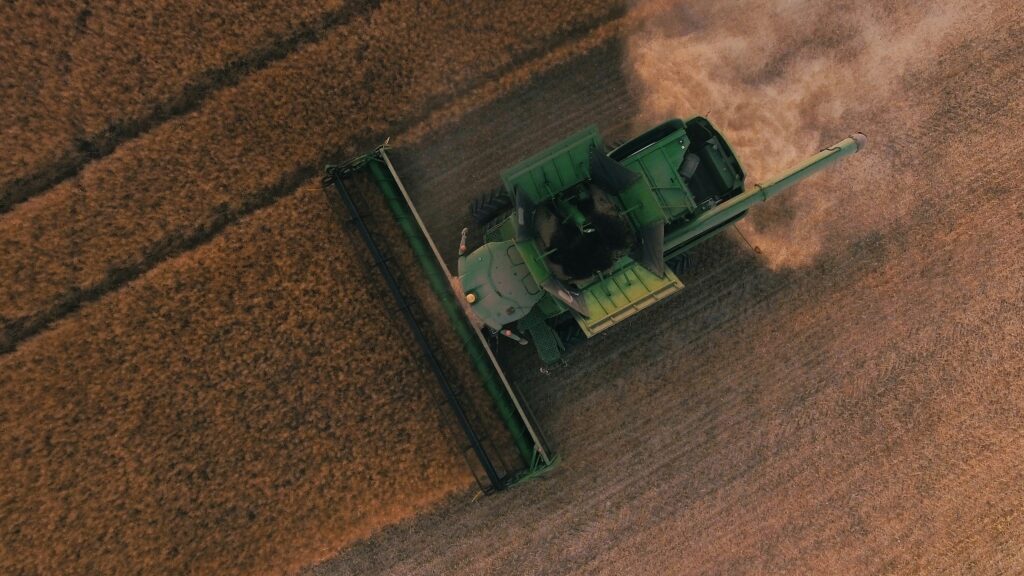What’s Happening?
Australia’s agribusiness sector is in a state of flux this June, as extreme weather patterns, supply constraints, and global pressures shake up markets across the board. According to Bendigo Bank’s latest Agribusiness Insights, the nation’s grain, lamb, cattle, dairy, and wool markets are all being pulled in different directions, depending heavily on short-term climate and international demand.
In the cropping sector, southern Australia is waiting on potentially market-altering rainfall. For lamb, record prices were set three times in one week following late-May supply disruptions. Meanwhile, cattle prices are climbing, dairy producers are grappling with a disappointing start to the season, and wool prices are temporarily higher due to tightening supply.
As 30 June approaches, farmers are also reminded of the Farm Management Deposit (FMD) scheme, a financial tool designed to help primary producers smooth seasonal income fluctuations. The Bendigo team has analysed trends since the scheme’s inception in 1999, breaking down uptake by state and sector.
Why It Matters
Market uncertainty is a double-edged sword for producers. While elevated lamb and cattle prices may support income in the short term, weaker-than-expected milk prices and cautious global grain markets present challenges for budgeting and forward planning.
Rod Baker, Agricultural Analyst at Bendigo Bank, emphasises the fragility of the current grain outlook:
“Australian grain markets are approaching a critical turning point. Weather developments over the next few weeks will play a key role in shaping price direction.”
In cropping, grain prices remain elevated—particularly for barley—due to dry conditions and feed shortages in Victoria and South Australia. However, this pricing could rapidly shift based on how much rain actually falls during a critical 8-day window.
Local Impact
For producers in and around Townsville, there are several key flow-on effects:
-
Cattle producers in Northern Queensland are benefitting from strong export demand and recent rainfall that’s boosting market confidence.
-
Feed grain costs may increase for graziers and feedlot operators, depending on rainfall outcomes in southern states.
-
Dairy operators in tropical and subtropical zones may be under strain, as opening prices average just $8.80/kg MS—below expectations.
-
Exporters through the Port of Townsville could see changes in volume and commodity mix, especially if grain pivots back to domestic markets.
By the Numbers
-
📈 Lamb prices broke records three times in one week during late May as supply dipped sharply.
-
📉 Opening farmgate milk prices averaged $8.80/kg MS, disappointing producers.
-
🌧️ 15–50mm of rain is forecast across Victoria and SA—potentially reshaping the cropping market.
-
📊 FMD holdings have been analysed by state and sector, showing significant seasonal uptake since 1999.
Zoom In
Grain: Victoria and South Australia remain dry, with feed barley prices trading at a premium to wheat in the west. While rain in NSW and WA has helped ease pressure, Australia’s grain market remains vulnerable to the next 8-day weather cycle.
Lamb: Demand is outpacing supply. Disruptions in late May tightened the market, and the winter outlook suggests ongoing shortages.
Cattle: Prices surged through May. Northern rainfall revived confidence and bolstered domestic and export demand.
Dairy: Despite hopes, opening season milk prices disappointed producers. However, expectations remain that prices will rise through the season as national production declines for a third year running.
Wool: Prices temporarily rose in May due to a lower AUD and tight supply. However, weak global demand is expected to drag prices down in the coming weeks.
Horticulture: Softer prices follow a period of intense inflation earlier this year. Demand is recovering for fresh produce, particularly in export markets.
Climate and Carbon: The report includes three critical examples of how sustainability and climate change will shape farm business models in the short and medium term.
Zoom Out
Across the northern hemisphere, harvest season looms, putting pressure on global grain markets. The EU raised its wheat production estimate by 13%, weighing down futures. In Russia, dry soil persists despite scattered rain, and China’s northern grain regions face dryness and reported yield concerns. Yet, the lack of urgency from global buyers continues to soften prices and basis levels.
Domestically, export margins have thinned. Australian grain is returning to local markets, creating tighter links between weather patterns and on-farm profitability.
What to Look for Next?
Watch closely over the next week for rainfall results in southern Australia. If the 15–50mm forecast falls short, barley and wheat prices may spike further, tightening the feed grain market. If the rain arrives, prices could soften, giving some relief to producers across the supply chain.
Also keep an eye on:
-
June wool prices, which are forecast to fall amid global market softness.
-
Cattle prices, which may continue rising if confidence holds in the north.
-
Farm Management Deposit uptake as producers finalise financial strategies before EOFY.
This month’s report paints a picture of volatility and opportunity. With climate, trade, and local conditions all in flux, now is a crucial moment for producers to stay informed, remain adaptive, and plan strategically.



